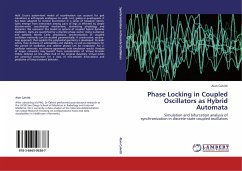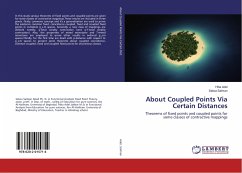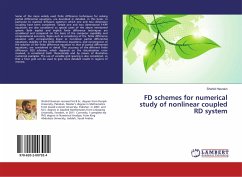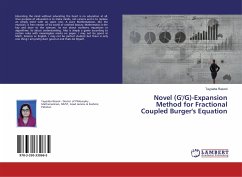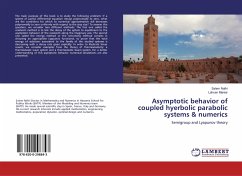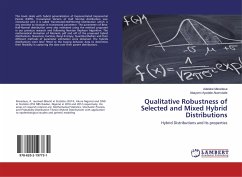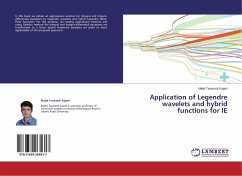Holk Cruse's system-level model of coordination can account for gait transitions in arthropods analogous to: walk, trot, gallop in quadrupeds. It has been adapted to control locomotion in a series of hexapod robots. Gaits emerge from interaction among pairs of legs as effected by simple discrete-event coordination mechanisms, abstracting physiology and dynamics. We represent this model as systems of coupled hybrid dynamic oscillators. Gaits are quantified by a discrete phase vector. Using numerical and symbolic Monte Carlo simulations, synchronization of coupled oscillators networks can be studied parametrically. A constructive, section-map approach that exploits the polyhedral geometry is developed. Periodic orbits, their domains of admissibility and stability, as well as expressions for the period of oscillation and relative phases can be computed. For 2-oscillator networks, we observe agreement with simulation results. Analysis of larger networks may benefit from considerationof Virtual Periodic Orbits, defined on the affine hull of the original dynamics. Virtual orbits are canonical precursors for a class of non-smooth bifurcations and predictive of long transient behavior.
Bitte wählen Sie Ihr Anliegen aus.
Rechnungen
Retourenschein anfordern
Bestellstatus
Storno

